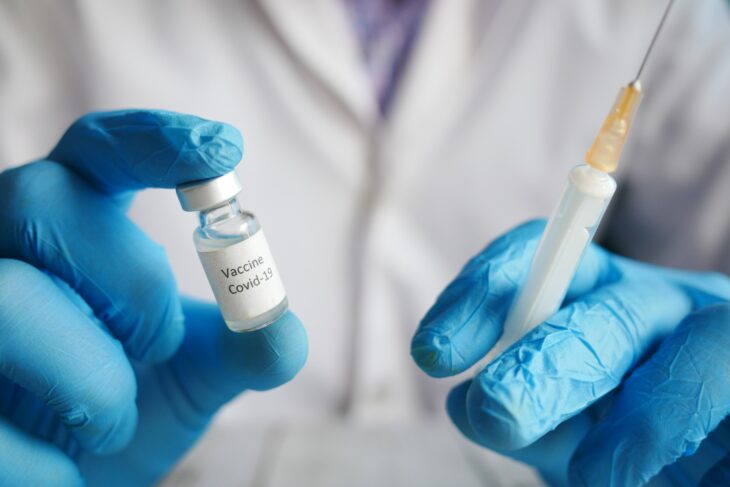Since the start of the COVID-19 pandemic, the World Health Organization estimates there have been 528 million cases worldwide and around 6.3 million deaths. To decrease rates of transmission and death, scientists have looked for ways to fight SARS-CoV-2, the virus that causes COVID-19. They developed a new type of mRNA vaccine within two years after the start of the pandemic, but this vaccine has some limitations.
One limitation of the mRNA vaccine is that its protection against COVID-19 begins to decline after 3 months, so people need subsequent booster shots. mRNA vaccines are also difficult and expensive to transport because they have to be stored in special freezers below -80°C (-112°F). In addition, children make up nearly 20% of COVID-19 cases, but a safe and effective mRNA vaccine for children does not yet exist.
A team of researchers from The Ohio State University set out to create a new COVID-19 vaccine that is as effective as the mRNA vaccine, but without these drawbacks. They started by looking at what has worked well in the past. The MMR (measles /mumps /rubella) vaccine has been widely used since the 1960s and is one of the safest and most effective vaccines ever developed. The vaccine is so safe the first dose is generally given to children 9 to 15 months of age, with boosters months later.
To develop a mumps-based COVID-19 vaccine, the researchers took the genome of the mumps virus and inserted a gene that would allow it to make a protein spike that is found on the surface of the SARS-CoV-2 virus. This protein spike is used by the immune system like a flag. When immune cells in the body recognize this flag, they tell the immune system to attack the invading virus. By attaching the protein spike to the mumps virus, the body can learn to recognize what an actual SARS-CoV-2 virus looks like and build immunity to it, like a training exercise for the immune system.
To determine the effectiveness of the new vaccine, the researchers conducted several tests. They started with specialized laboratory mice that are more susceptible to viral infections than humans. The researchers injected these mice with either the new mumps-covid vaccine (rMuV) or the regular MMR vaccine as a control. After 2 weeks, the scientists gave the mice boosters with another round of either the rMUV vaccine or the control.
The team found 5 to 7 weeks after vaccination the mice with the rMUV vaccine had more COVID-19 antibodies than those that received the regular MMR vaccine. The antibodies act like soldiers and cling to the proteins on the COVID-19 virus. The more antibodies you have, the easier it is for immune cells to recognize a virus and attack it.
In week 7, the researchers infected both mice groups with SARS-CoV-2. They checked each mouse’s fur and weight to see if they were sick – rough, unkept fur and a loss in weight signified a mouse was sick. Mice injected with the rMUV vaccine showed no signs of sickness, while the control group showed a loss in weight and unkept fur. The research team interpreted this difference to mean their mumps-based COVID-19 vaccine was working.
Four days after the viral challenge, the researchers killed the mice, and collected their lung tissue. They found the mice that were given the rMUV vaccine had untraceable amounts of SARS-CoV-2 in their lungs, while the control group had high amounts of SARS-CoV-2. The scientists interpreted these results as showing the vaccine provided complete protection against SARS-CoV-2. Not only did the rMUV vaccine group show no signs of sickness, but their lungs showed no trace of the virus.
The team concluded the rMUV vaccine had completely immunized the mice against the SARS-CoV-2 virus. It also reduced virus levels in similar experiments with hamsters. This vaccine is easier to store than the mRNA vaccine, and is safe and effective for everyone, even children.
The scientists indicated these experiments are only a first step in the sequence of trials needed before the vaccine can be administered to humans. However, they suggested the mumps-based SARS-CoV-2 vaccine could one day be incorporated into the existing MMR vaccine in a quadruple vaccine cocktail to simultaneously fight against COVID-19 and other childhood viruses.


